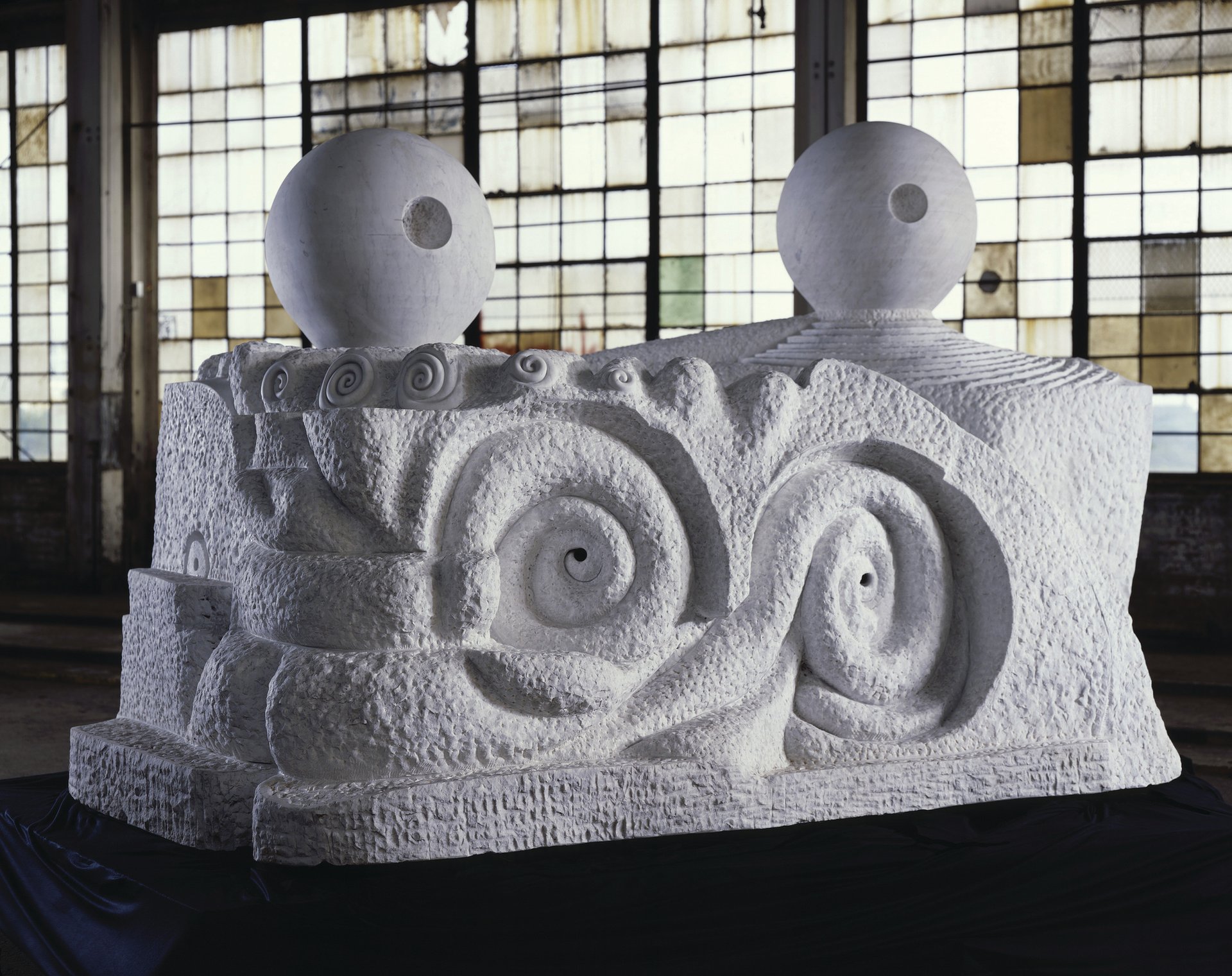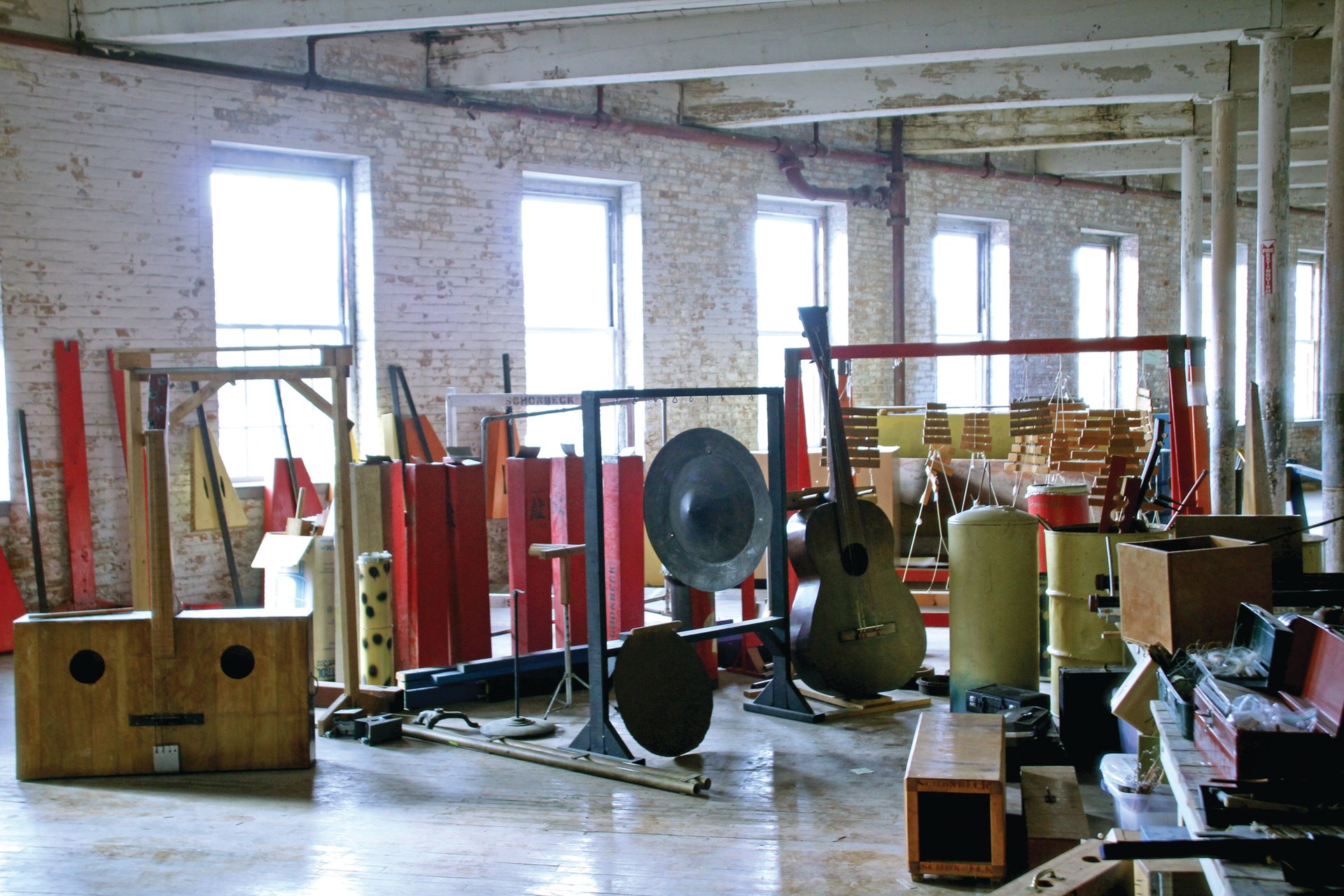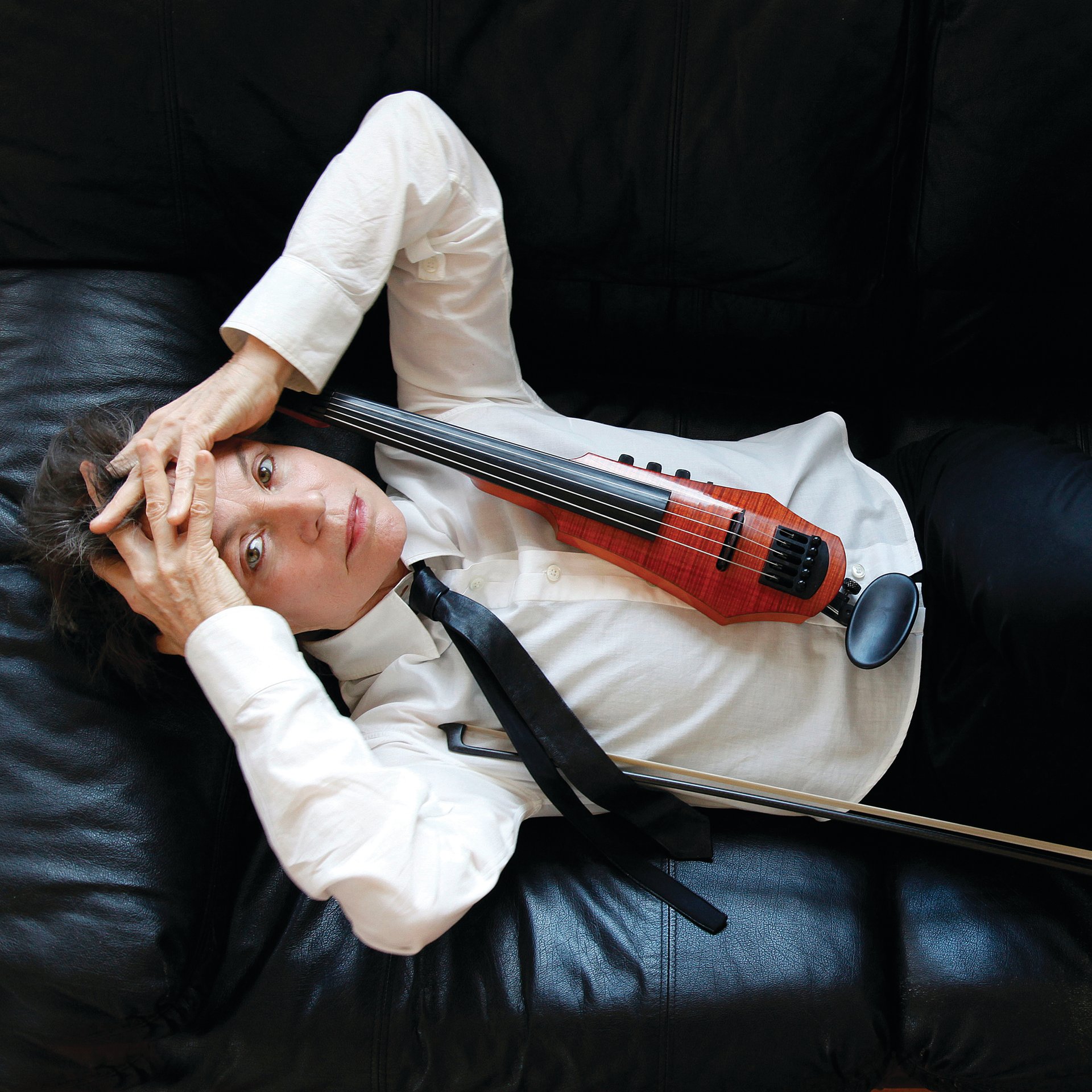“What would you do if you had the opportunity to have not just a one-night stand, but a deep commitment that would go on for ten, 15, 25 years?” asks Joseph Thompson, the director of Massachusetts Museum of Contemporary Art (Mass MoCA) in North Adams. This is the guiding philosophy behind the museum’s ambitious $65m expansion, due to open on 28 May.
Since it launched in 1999, the institution—a converted textile factory—has slowly been working to refurbish the 28 buildings on its sprawling campus. The latest one, Building 6, is a three-storey, 130,000 sq. ft structure now outfitted with long-term shows and installations by five artists. They include a 15-year installation by Jenny Holzer, whose art will be projected on the building and surrounding landscape, and a 25-year James Turrell retrospective with nine of the artist's light works. The Robert Rauschenberg Foundation has also collaborated with MassMoca for a temporary opening exhibition of works by Lonnie Holley and Dawn DeDeaux, who have both participated in the foundation's residency programme at the late artist's property in Captiva, Florida.
An inside look at MassMoca’s latest projects

Louise Bourgeois
The museum’s industrial space, which once housed textile printing presses, is “sturdy as all get-out”, says its director, Joseph Thompson. But the museum still had to reinforce the floors for a 15-year-long show of four marble sculptures by Louise Bourgeois. “This image emerged as we were thinking of Louise—this delicate woman making these very heavy, dense works,” Thompson says. To get the 15-tonne, never-before-shown work UNTITLED (1991) to the second-floor space, the museum had to cut a hole in the brick wall, bring in the piece on a crane and then rebuild the wall with salvaged bricks. The process was like putting “a ship in a bottle”, Thompson says.

Gunnar Schonbeck
When the musician Gunnar Schonbeck died in 2005, he left behind more than 1,000 whimsical homemade instruments, including 14-foot tall banjos, harps and xylophones made of unorthodox materials like aircraft fuselages and plumbing pipes. The museum “rescued” around 300 of the instruments from a Vermont barn with the blessing of Schonbeck’s widow and restored them. Visitors will be able to play the instruments in a space resembling a high school music room—a nod to Schonbeck’s belief that anyone can be a musician.

Laurie Anderson
When Thompson asked the artist what “a museum of Laurie Anderson would look like”, she answered, “a radio station”. Over the next 15 years, Anderson will broadcast her vision from three separate spaces. A glass-cube studio facility will house an archive of her performances and recordings (she will also occasionally work there, mostly behind drawn curtains). The other spaces will contain large-format charcoal drawings—chiefly of her dog—and a virtual reality experience.




